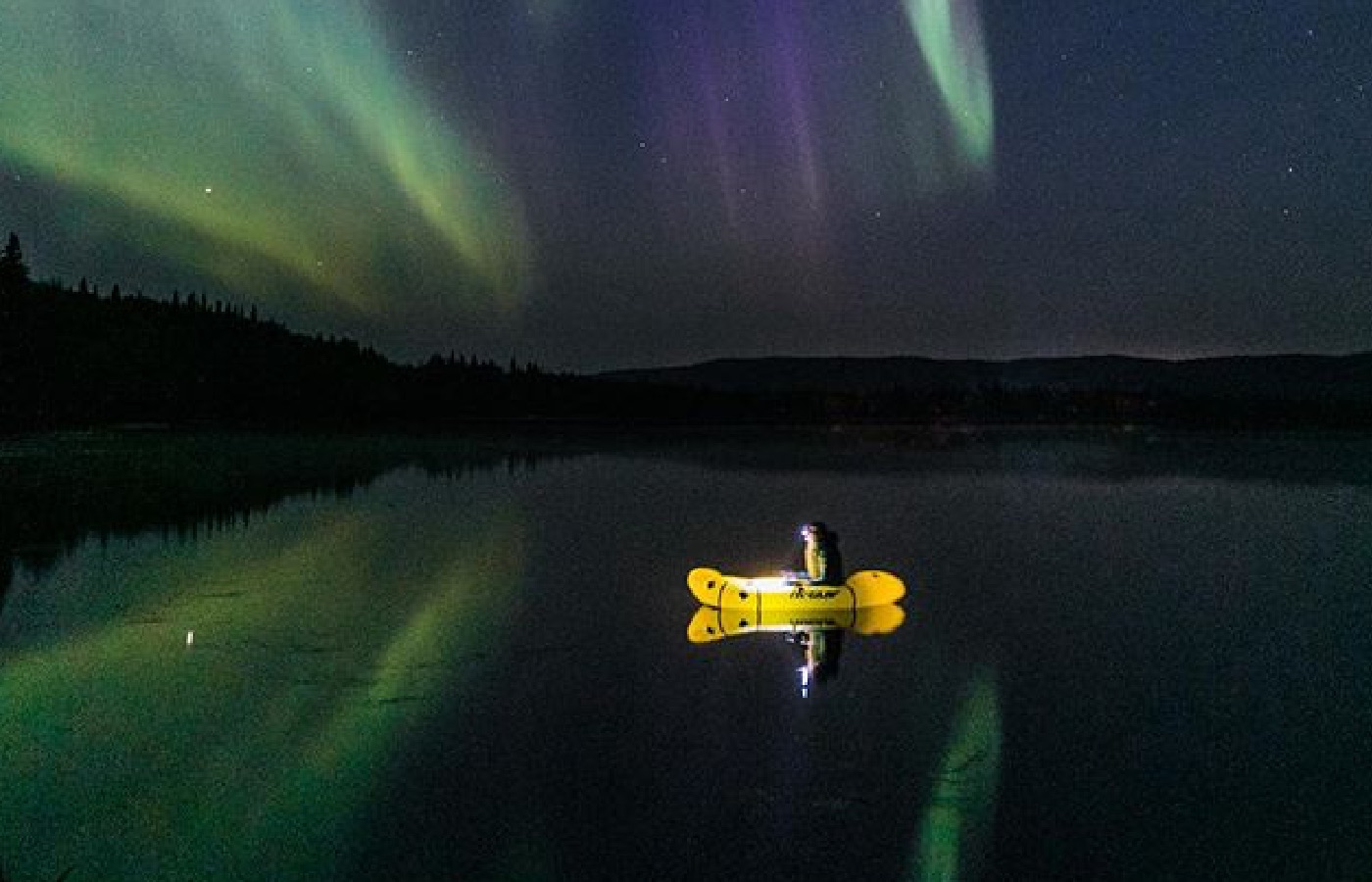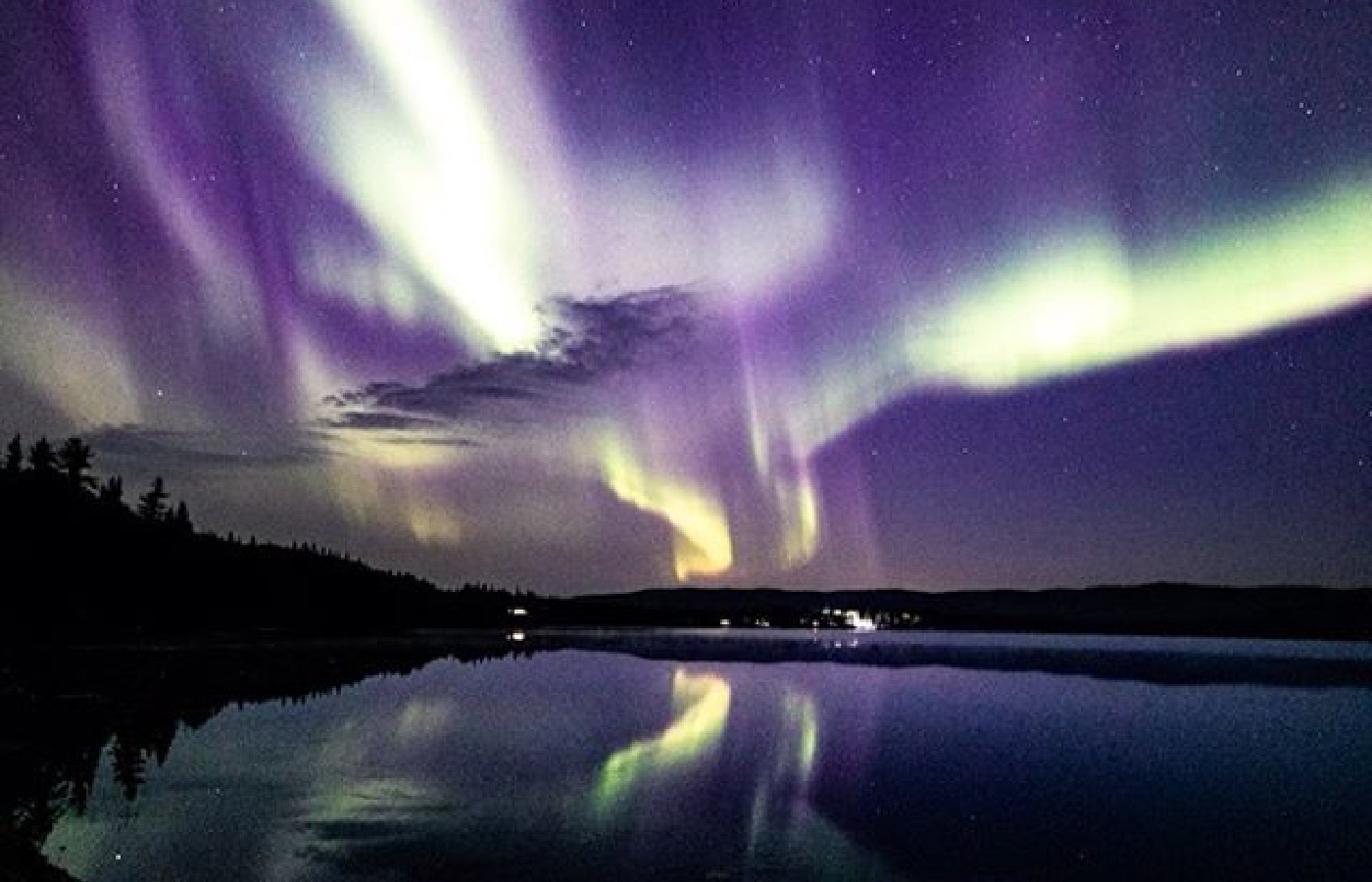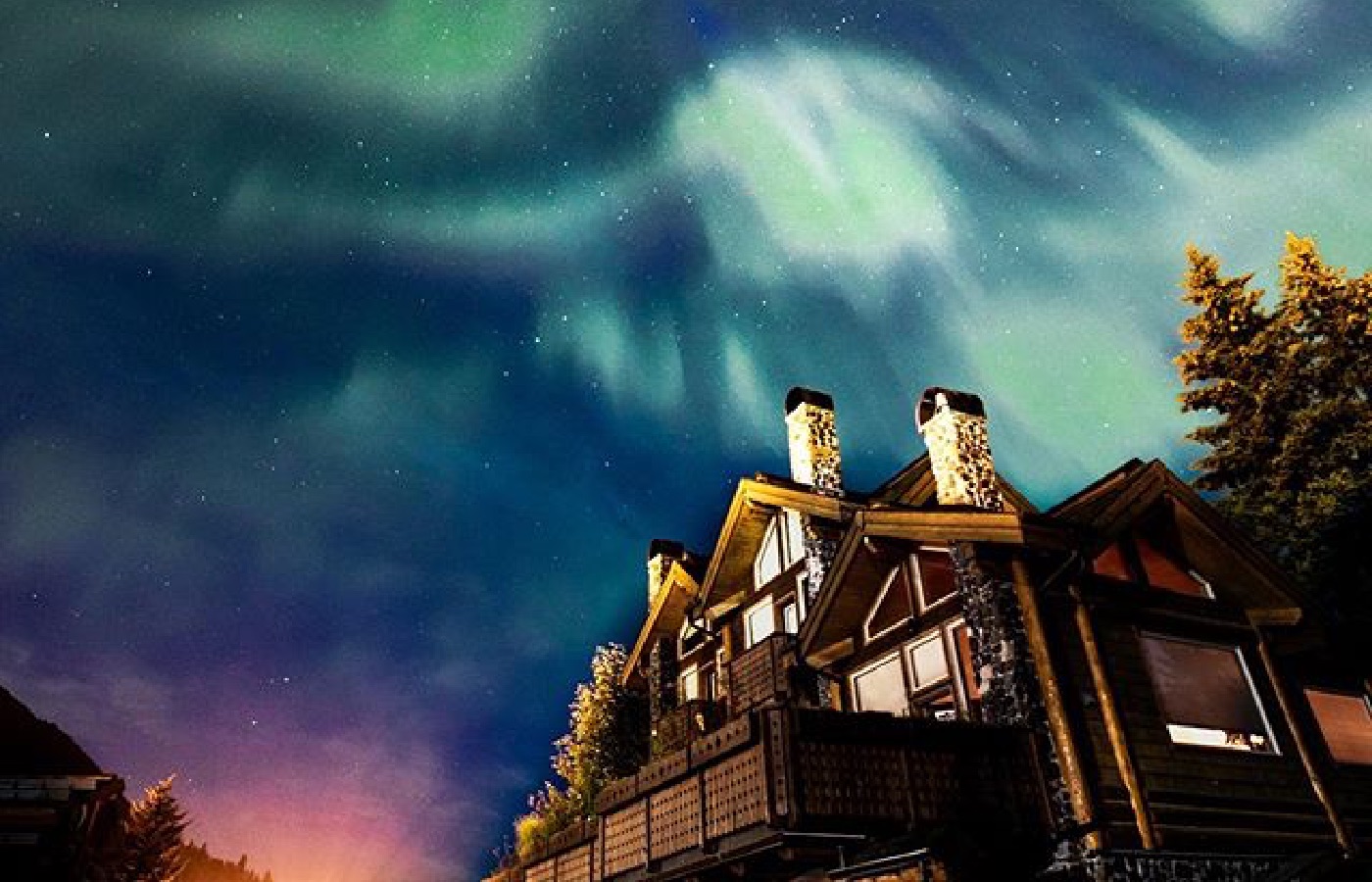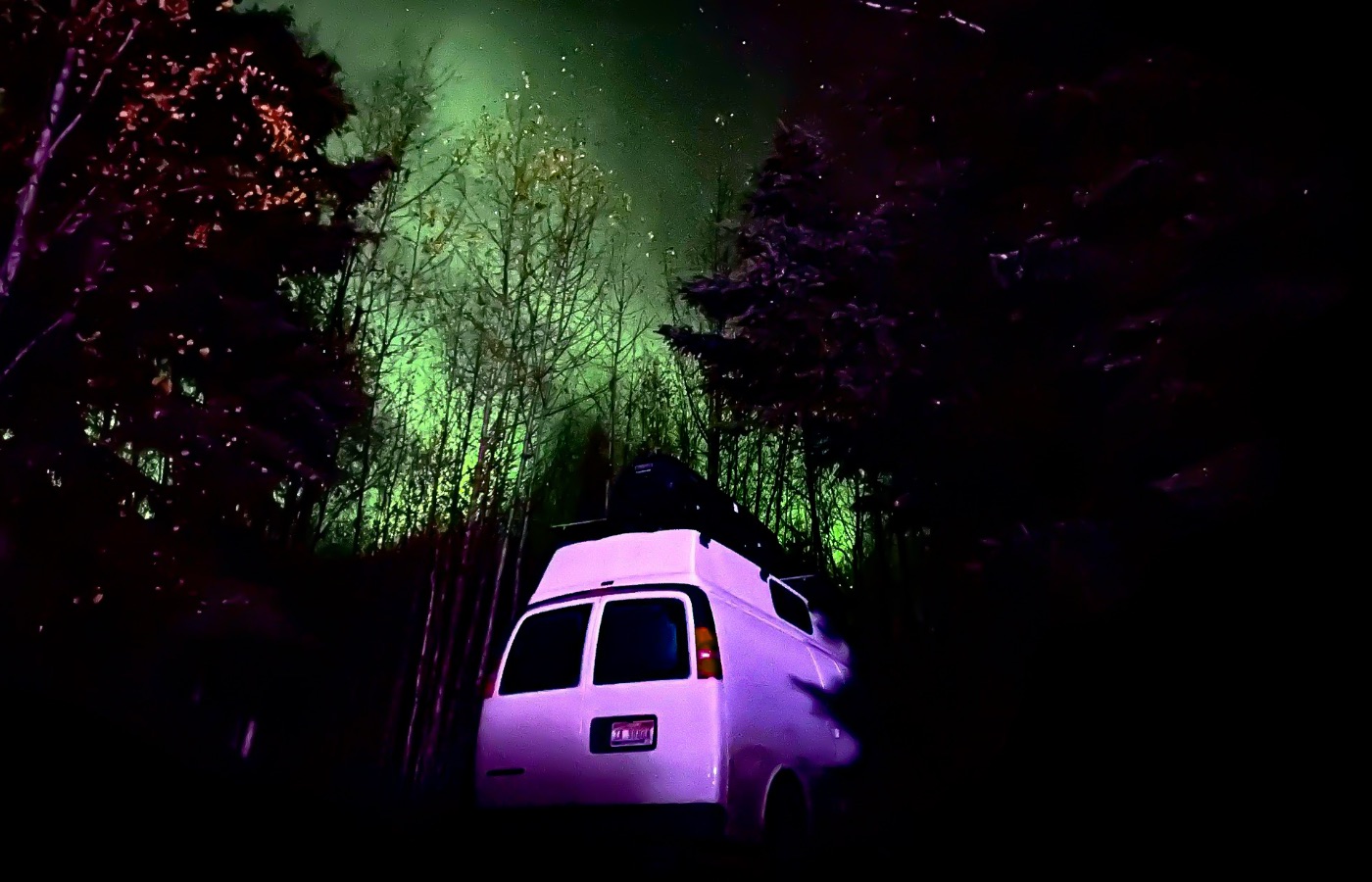The Aurora Borealis or Northern Lights are among the most spectacular sights to witness in the world. Bands of multi-colored light swirl and dance vividly and swiftly in the clear night sky. The stunning natural light show is tough to believe until you see it for yourself. Seeing the lights explode across the sky is on most people’s bucket list. So. what causes the northern lights, you ask. Here we answer some questions about why and how the northern lights occur, as well as how to maximize your chances of seeing them.
What’s An Aurora?
The Aurora is a spectacular show of natural light in the night sky. They manifest as bands of light that shoot across the night sky and swirl and dance with each other in a swift and spectacular display. The show appears most commonly in shades of green, but yellow, red, and purple are also possible. It predominately occurs in the earth’s higher latitudes, the extreme northern and southern regions near the earth’s magnetic poles. However, in rare occurrences, they can be seen from the continental United States. When the Aurora occurs in the northern regions, it is referred to as Aurora Borealis. When it appears in the southern areas, it’s referred to as Aurora Australis.
How Is This Real?
What causes the Northern Lights? The aurora is caused by charged particles released by the sun and carried to earth by the solar wind. Generally, this occurs when solar flares are let out of the sun’s atmosphere by some sort of opening. A coronal hole or a sunspot is common for creating a window for charged solar flare particles to be released. Once they escape the sun’s atmosphere, they ride a solar wind directly to earth where they’re generally deflected by the earths atmosphere. The deflection sends the particles to the poles where the magnetic fields are not as strong. Once they enter the atmosphere, the particles interact with gas particles and create the colorful light show we see in the sky.
How To See The Lights
As we went over earlier, the lights are best seen in northern regions between August 21st and April 21st. The forecast from The University of Alaska shows where the lights are likely to be seen on any given day. In North America, the best place to see the lights is just outside of Fairbanks, AK as Fairbanks is located in the middle of the Auroral Oval, or the oval-shaped ring that makes up Earth’s geomagnetic North Pole. They’re also visible from most places in Alaska and the Yukon Territories in Canada. In infrequent occurrences, the lights can be seen from the lower 48. They are also likely to be seen in Iceland and Scandinavian countries in Europe, such as Norway and Sweden.
To see the lights, a few things need to come together all at once. It would be best if you had a good Aurora Forecast. A KP Index over 5 is ideally what you’re looking for. There must also be a good weather forecast because you can’t see the lights if there are clouds in the sky. Unless you’re in the middle of the Auroral Oval, you must also have an unobstructed view to the north, so high elevations are sometimes necessary. And finally, there must be no light pollution from nearby cities or a bright, full moon. If all of these factors come together, the lights are usually visible from around 9:30 PM to as late as 6 AM.
Indigenous Legends of Aurora
While we know what causes the Aurora in the modern age, many earlier civilizations could only wonder. Many legends and folklore surround the lights from different cultures. In Norse legend, the lights represent warrior’s armor being lead to battle by Odin in Valhalla. In Inuit legend, the lights depict the dead playing ball with a walrus skull. The Sami people believed that the lights were sinister, and avoid them at all costs to this day. Legend has it, if the lights become aware of your presence, they can lurch down and slice off your head!
The Northern Lights are extraordinary, and something everyone should witness in their lifetime. Seeing the lights can be a challenge, so choosing a seasonal job in the North for a month or two is a great way to set yourself up for success. Alaska has so many amazing opportunities. We hope you consider making it your home for the Northern Lights season! And now you know what causes the Northern Lights!




